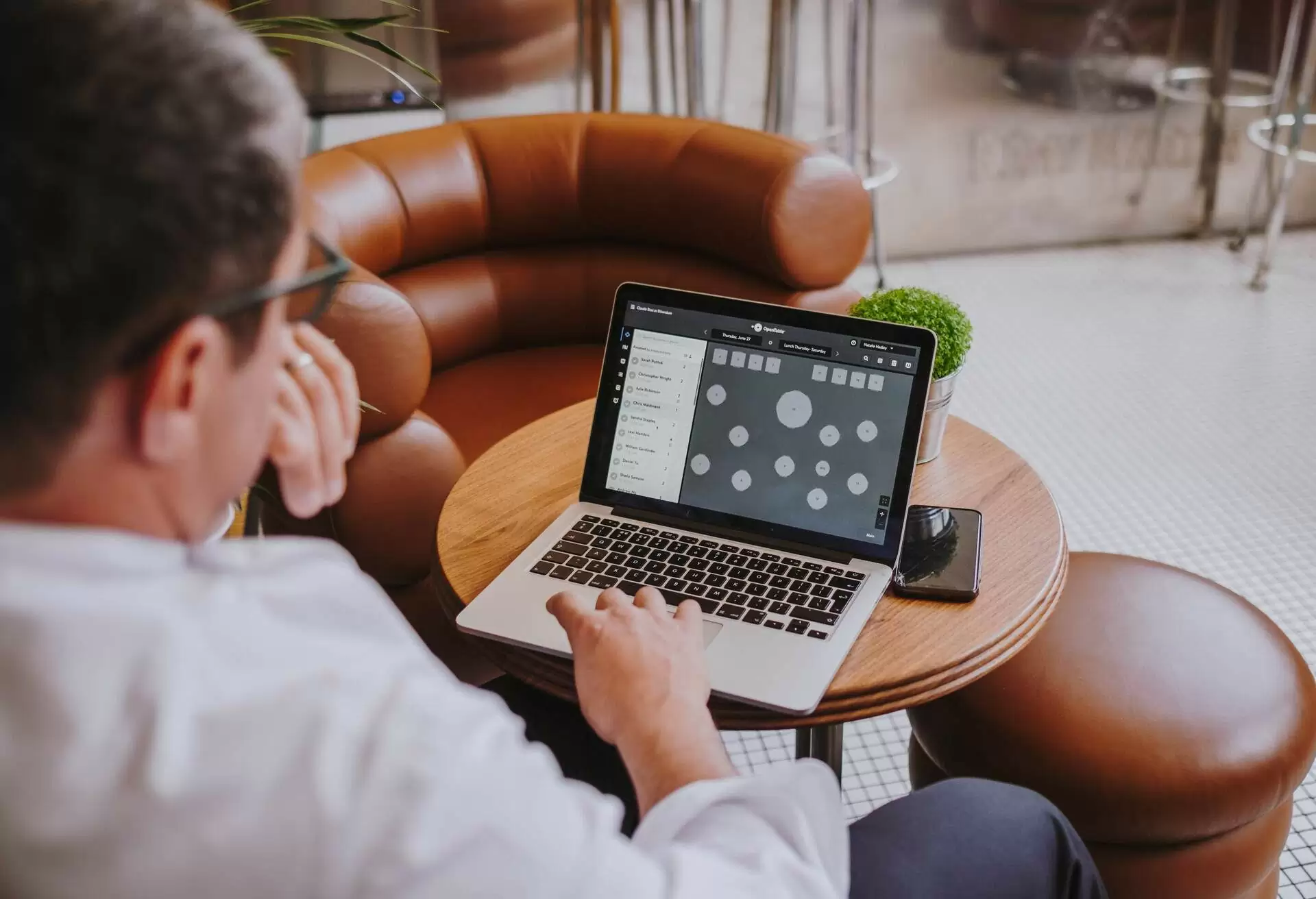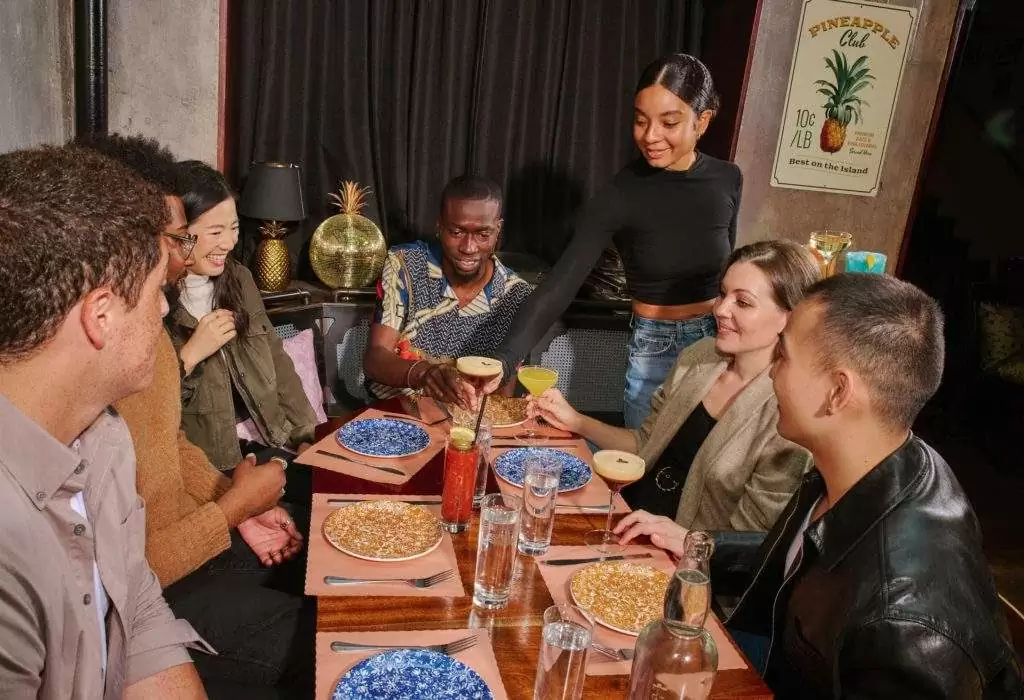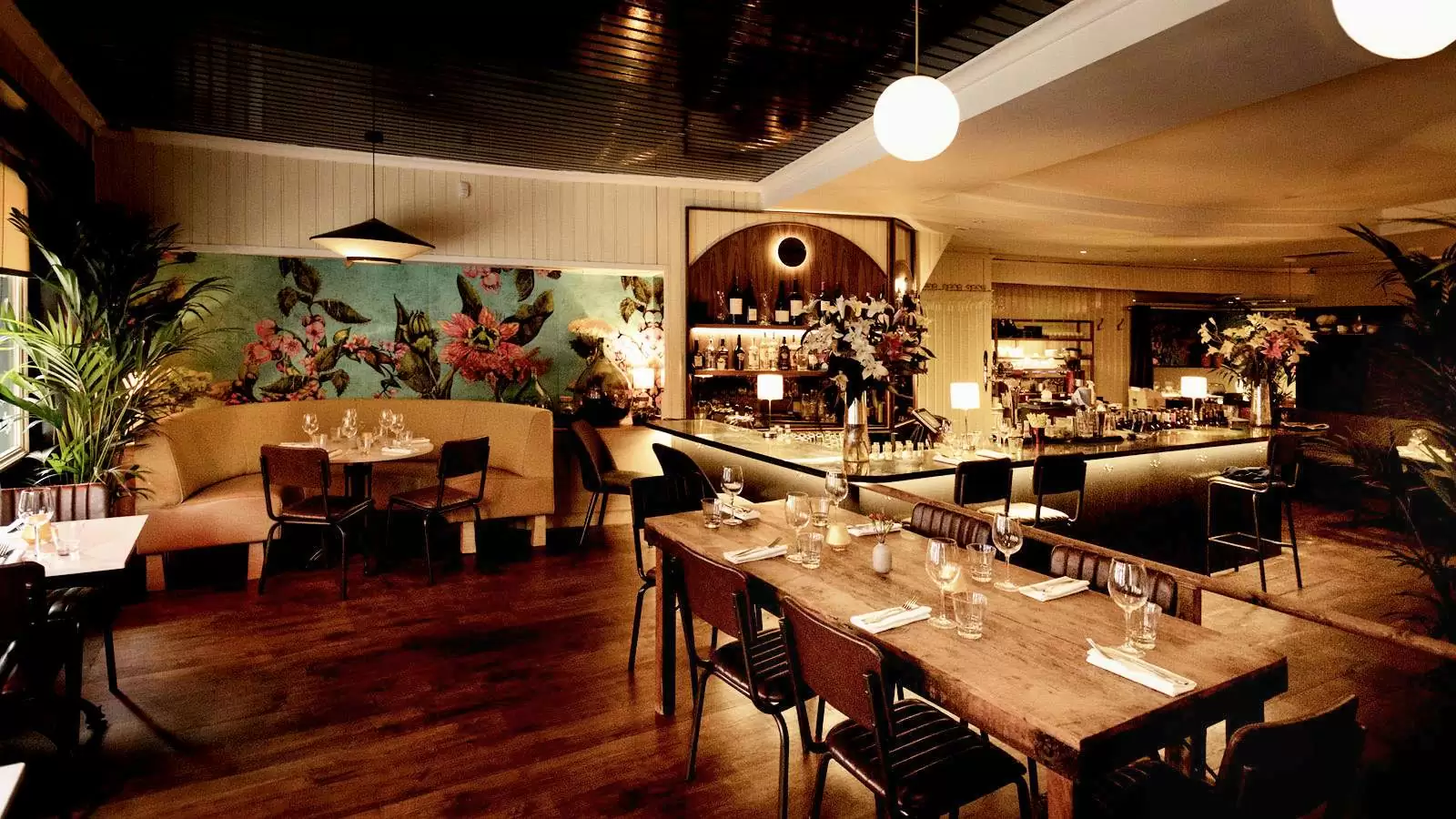Table turnover is a crucial metric for understanding how much your restaurant made on any given day, week or month. It helps paint a picture of your business’s performance and where to identify improvements. But how do you land on that all-important table turnover number? This guide helps calculate and optimise restaurant table turnover. Use it to see the entire picture and gain essential insights to drive your spot forward.
Quick links
What is restaurant table turnover?
How do you calculate table turnover?
Optimising table turnover rate in your restaurant
What is table turnover?
Put simply, restaurant table turnover is how long a diner spends in your restaurant, from when they arrive and sit at the table to when they leave. When that time is added together for all guests over a specific day, week or month, you get the average table turnover figure. This helps to understand roughly how long diners spend at your restaurant and how many people you can sit over any given period. Use these findings to see if you’re maximising operations and revenue.
How is table turnover calculated?
You’ll need to calculate the number of dining parties seated by the available number of tables at the end of a dining shift to get your spot’s turnover number. You can expand on the dining time, choosing to do table turnover based on a week’s worth of covers. Or perhaps you want to look at the picture over a month. As long as you stick with the seat parties divided by tables formula, you’ll be able to work out your average table turnover rate.
Example: If you have 10 tables and seat 300 dining parties over your lunch shift, your table turnover rate for the shift is 3 turns per table. This means, on average, each table will serve 3 turns of diners.
Nuances worth noting
The nuances of calculating and learning how to optimise restaurant table turnover are worth noting. Success can vary across different dining experiences, not to mention that some periods will be busier than others. That’s why it’s helpful to look at turnover across different dining times and break it down into peak and off-peak.
Tools to help understand table turnover
If that all sounds a little bit complicated, features like OpenTable’s Guest Centre can help you understand Turn-Time Analytics. It provides the actual average duration of seated reservations for past dates and shifts as well as reservation type, including online, phone and walk-in. You can then use the Shift Occupancy Analysis to maximise turnover.
What is the average table turnover rate?
For most restaurants, the average turnover rate is around three, with guests spending about 50 to 80 minutes dining. Of course, these numbers aren’t set in stone, and each restaurant’s average varies depending on its setup.
When thinking about how to maximise restaurant table turnover, consider the specifics of your restaurant – such as peak periods – in addition to the averages across the board. Once you’ve calculated the average turnover for your restaurant, you can explore ways to optimise it.
How to optimise table turnover
Keep the menu simple
Guests don’t tend to do so well with overly complicated menus featuring all the food. Too much information leads to a delay in ordering. One way to turn tables faster is to opt for a simpler menu, which reduces the amount of time diners spend deciding on their meal. Of course, your team should expect queries regarding items on the menu – it’s all part of excellent customer service. But a simplified menu can help guests order faster.
Set the layout
Dining room layout can impact restaurant efficiency, and ensuring your floor plan is set up can help when it comes to boosting table turnover. It’s easy enough to rearrange tables and chairs and create different layouts for the same dining space. Subsequently, you can optimise different dining times throughout the week, whether it’s for the breakfast, brunch, lunch, dinner shifts or for special dining occasions.
Increased team awareness
Restaurants can fill up quickly, so it’s good to ensure your team is always matched to demand. Each moment during the service can have an impact on how quickly your tables turn. Greeting and seating guests promptly upon arrival, making sure menus are readily available and taking orders as soon as they’re ready to do so, help maximise table turnover while improving customer satisfaction through five-star service.
Kitchen efficiency
How well does your kitchen run? Even a smooth setup is worth reviewing to see if you can make any marginal gains. If you want to serve good food at speed, you’ll need an efficient kitchen, from the layout to storage options and staff management. When a kitchen is a well-oiled machine with a watertight system, you can get dishes to guests faster and so help bring down wait times, which can contribute to longer table turns.
Use OpenTable’s tools
OpenTable has a range of tools to help you manage tables more efficiently. Whether setting up turn controls in Availability Planning to ensure busy periods run smoothly or customising layouts with table management, you have complete control and a guiding hand to make sure your restaurant is performing to its best capability and making the most of table turnover.
Hitting the sweet spot
Finding the perfect balance between table turnover rate and diner experience is a challenging task. The aim is to turn tables as quickly as possible without rushing your guests or adding pressure for them to finish their meals. If, however, you don’t take into account your table turnover, you might be inadvertently leaving money on the table.
Therefore, it’s good to find the sweet spot between giving your diners enough time to finish and enjoy their meal and not losing more covers because a part takes too long at the table. How that looks for each restaurant varies depending on the number of tables, staff and open hours. But it’s something all restaurants need to factor in when trying to optimise restaurant turnover.
Turn those tables
Getting on top of your table turnover can help increase covers and revenues. It offers the opportunity to maximise operations and seat more diners throughout the day. Nail your table turnover, and you can welcome even more guests.



